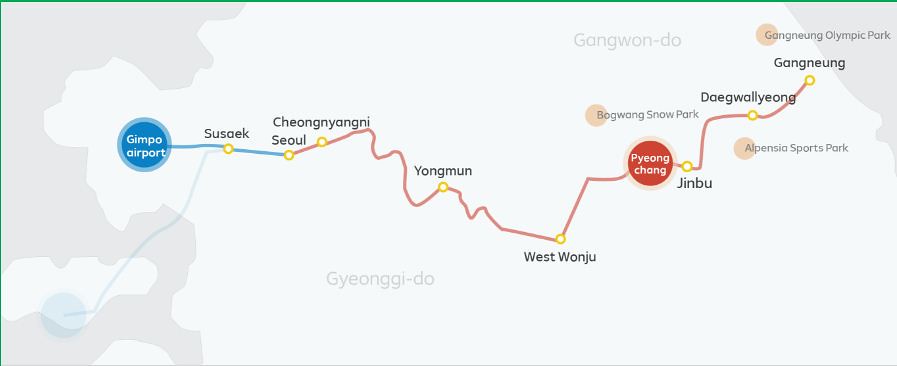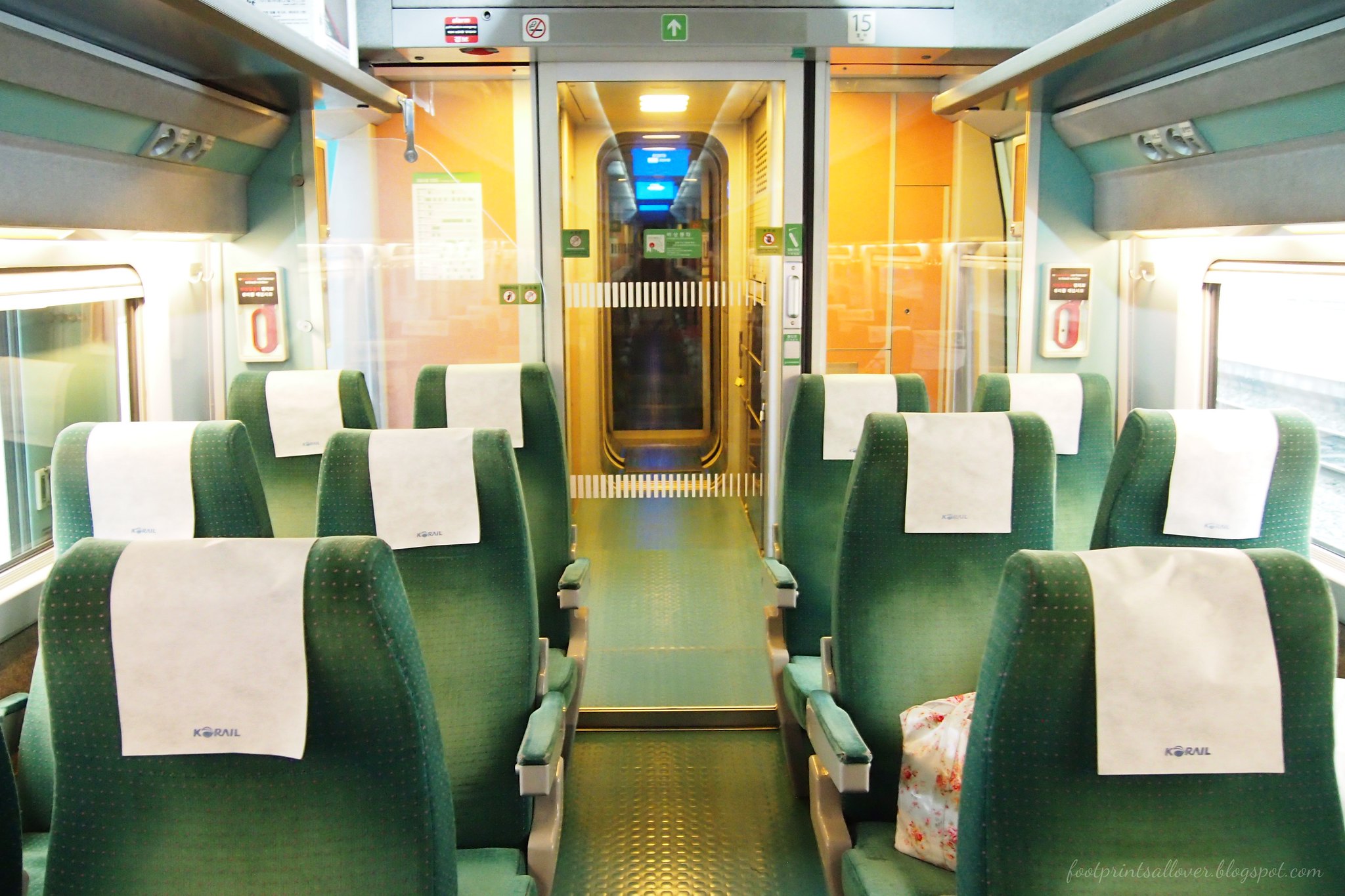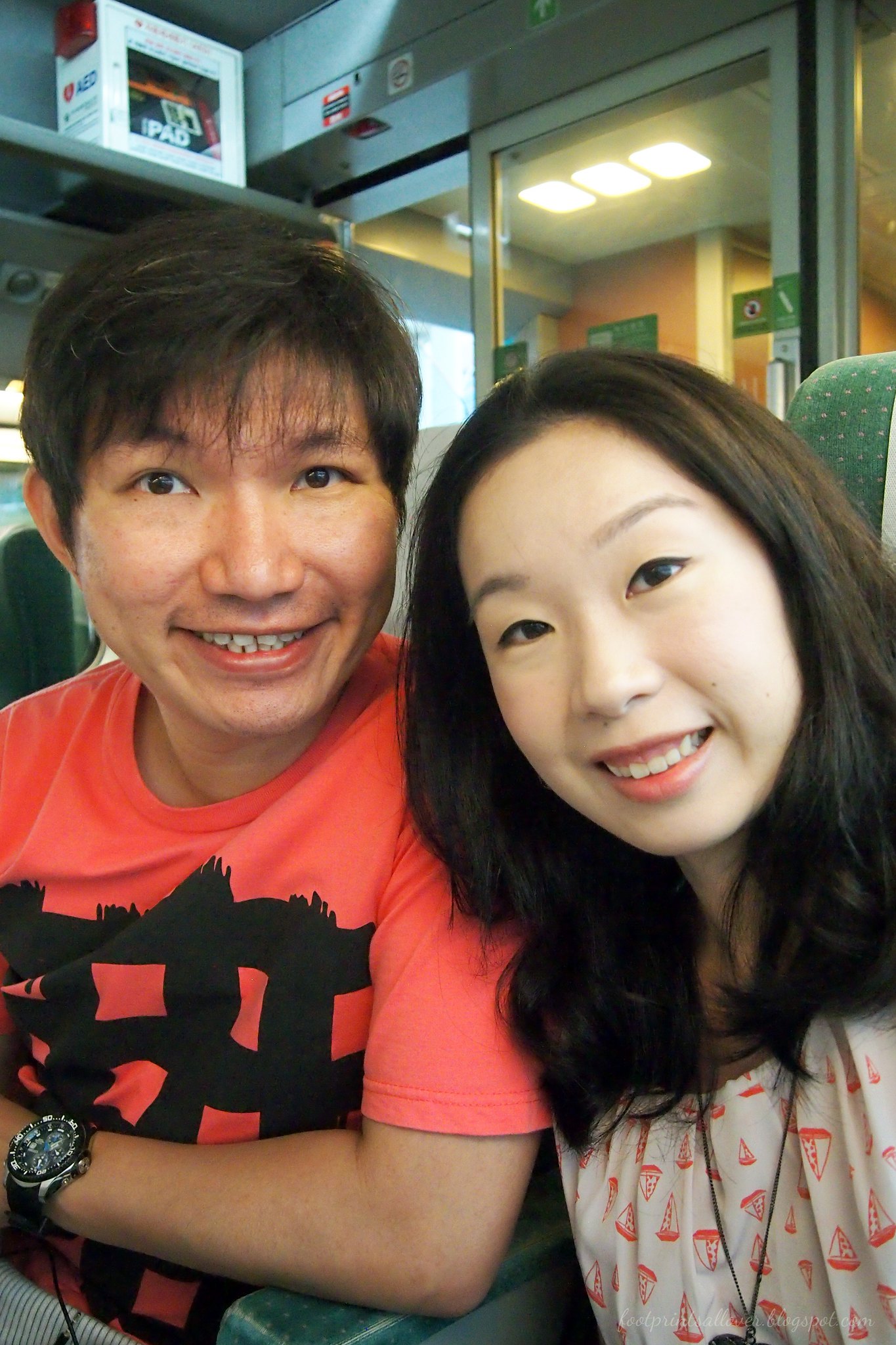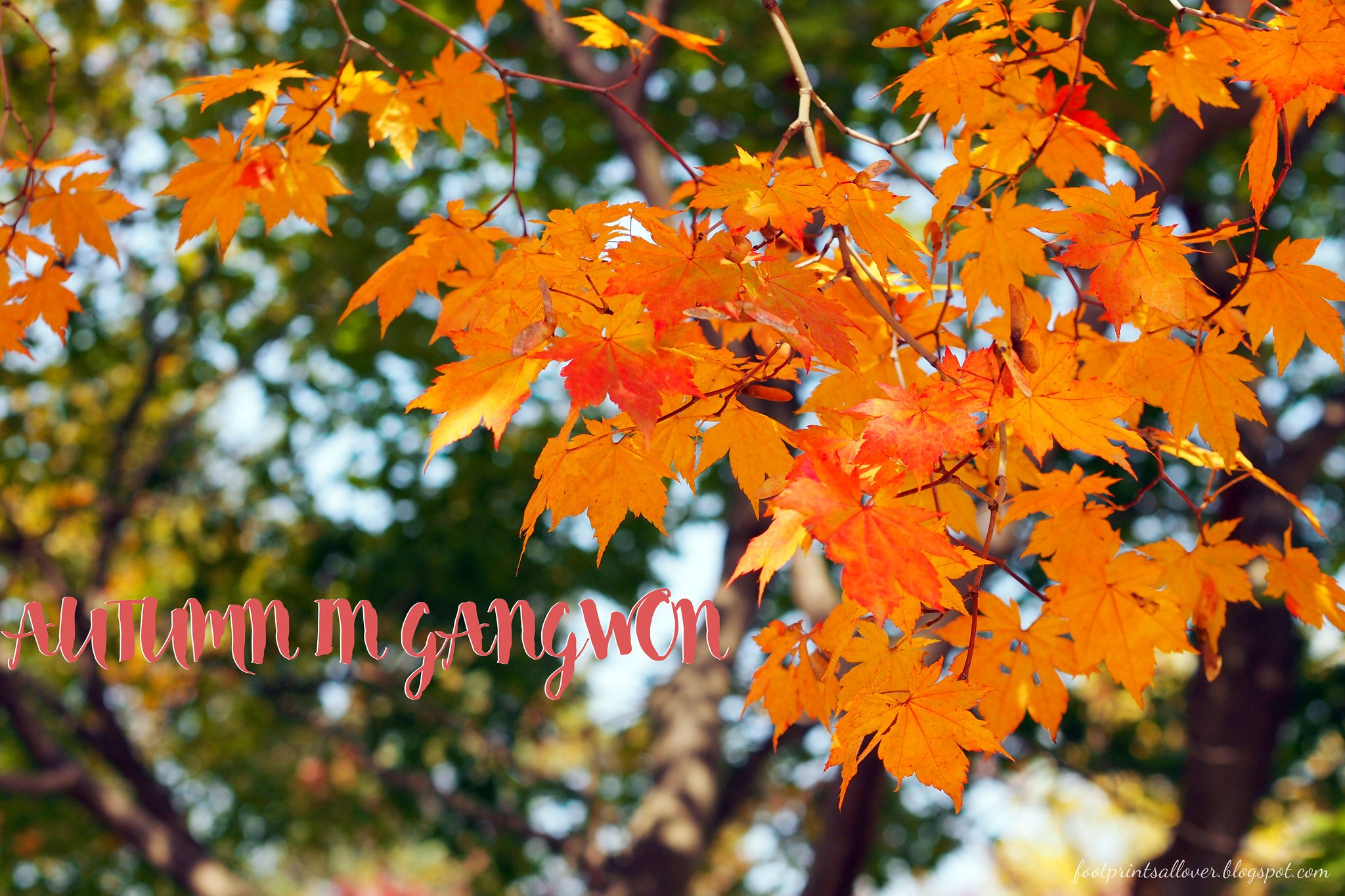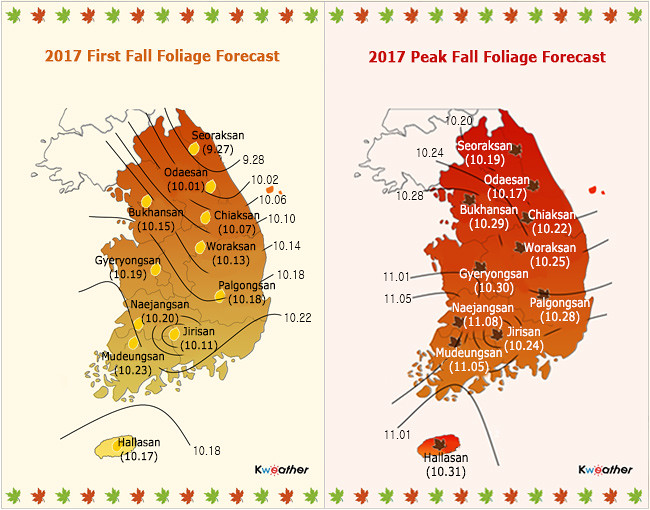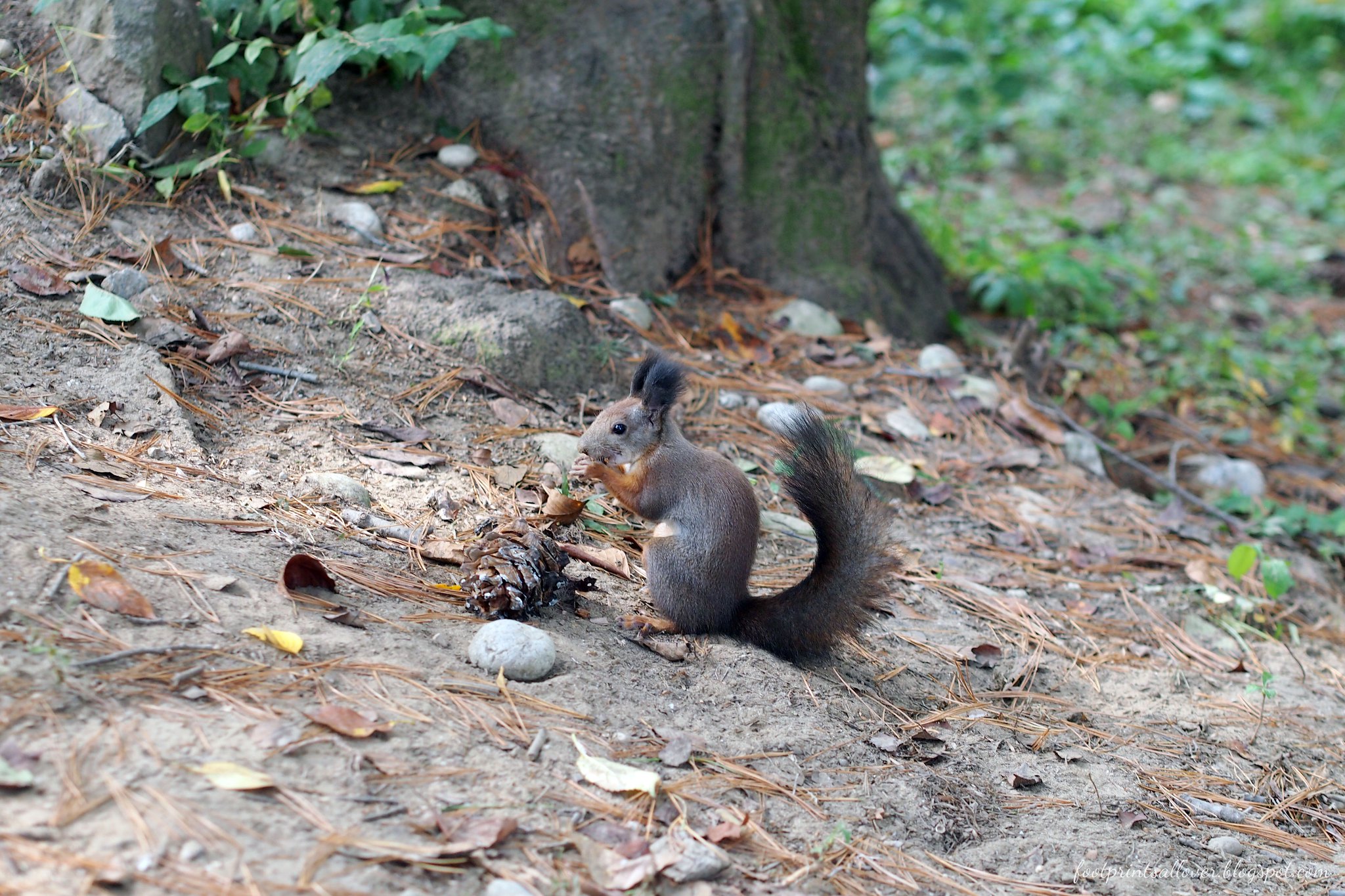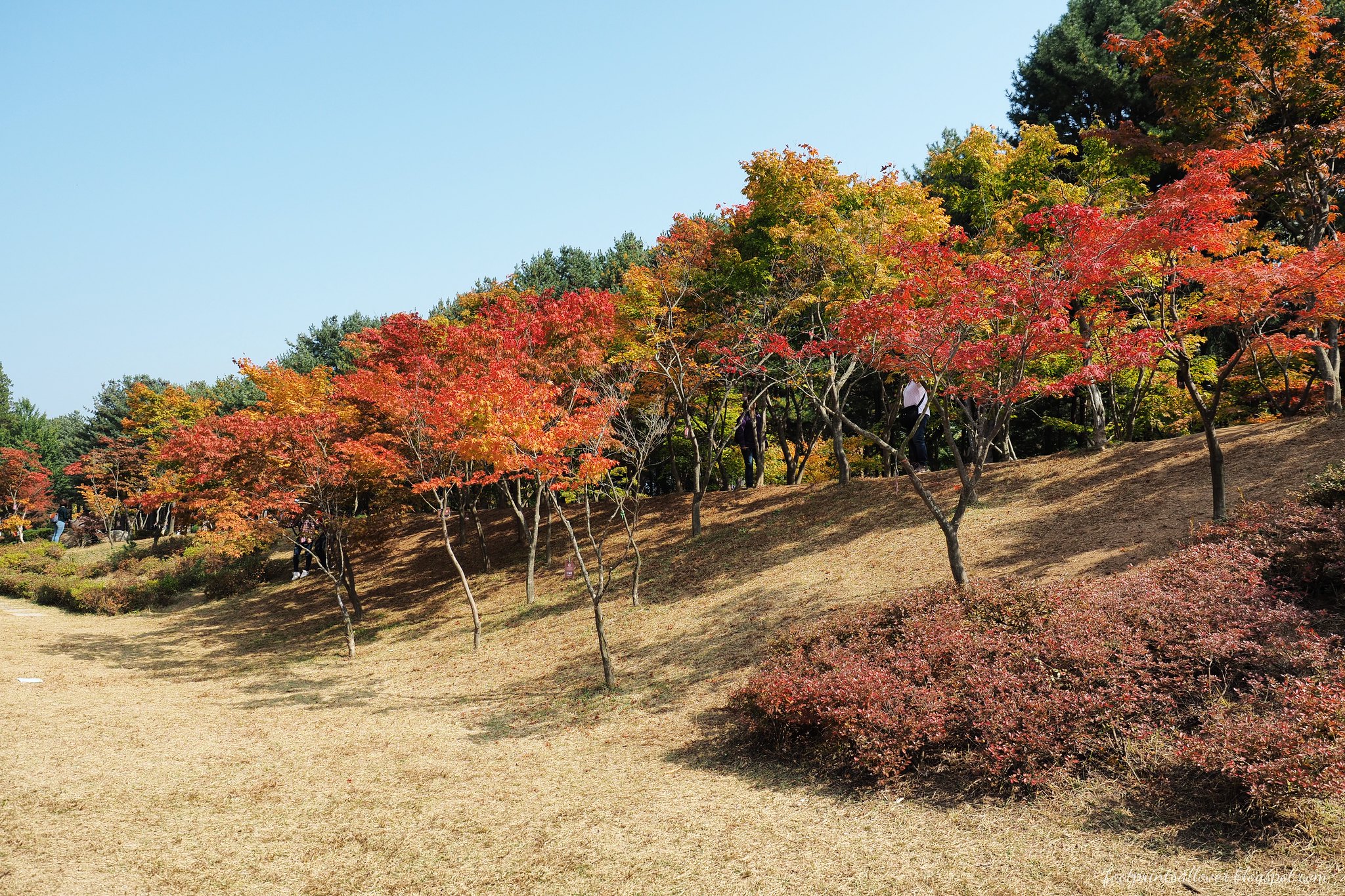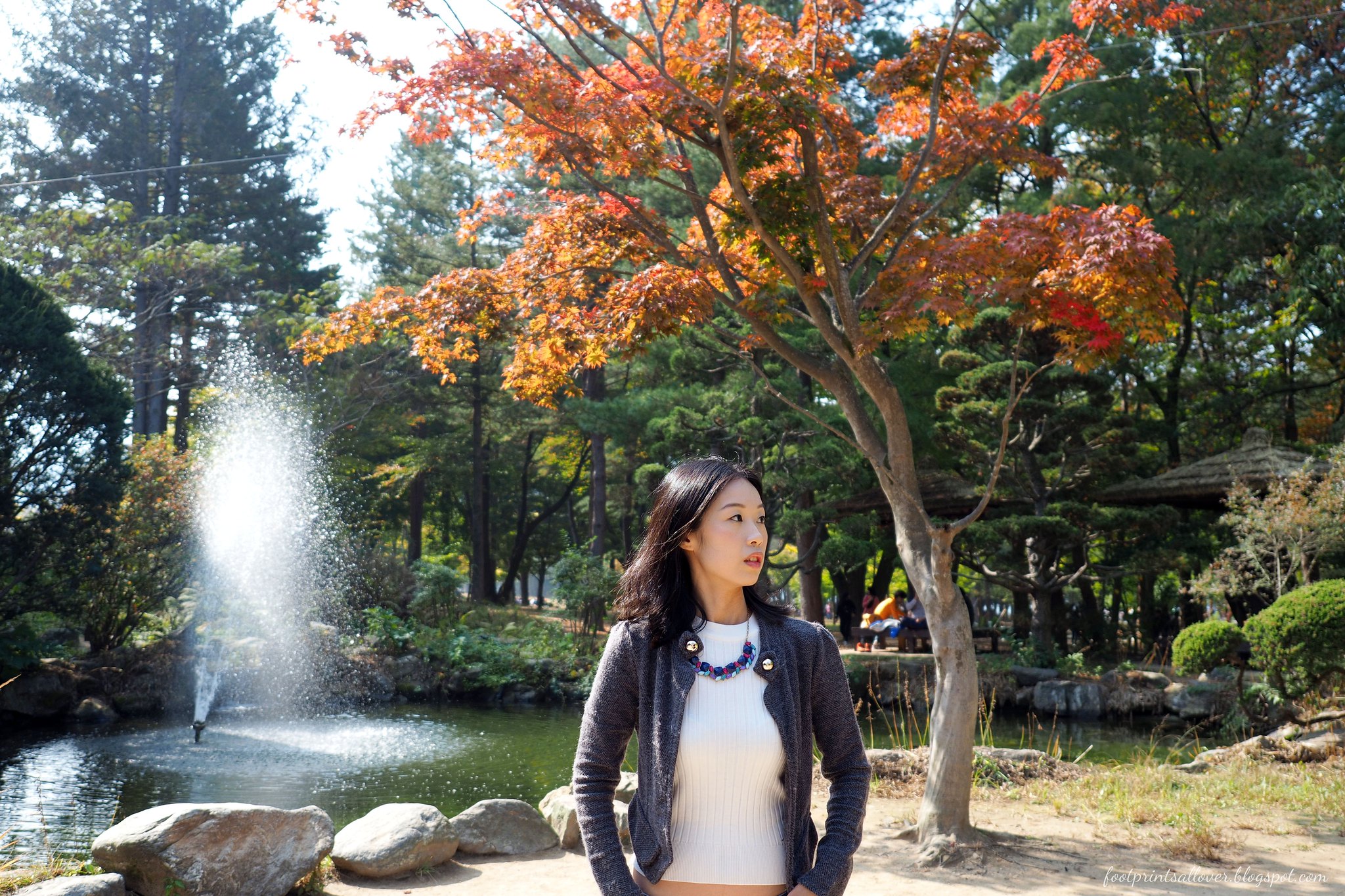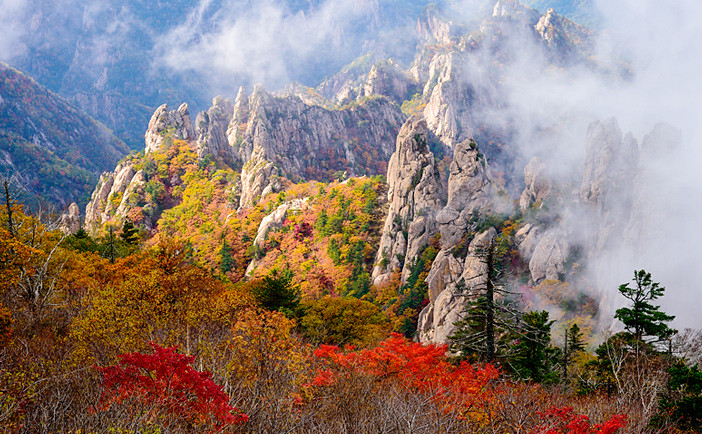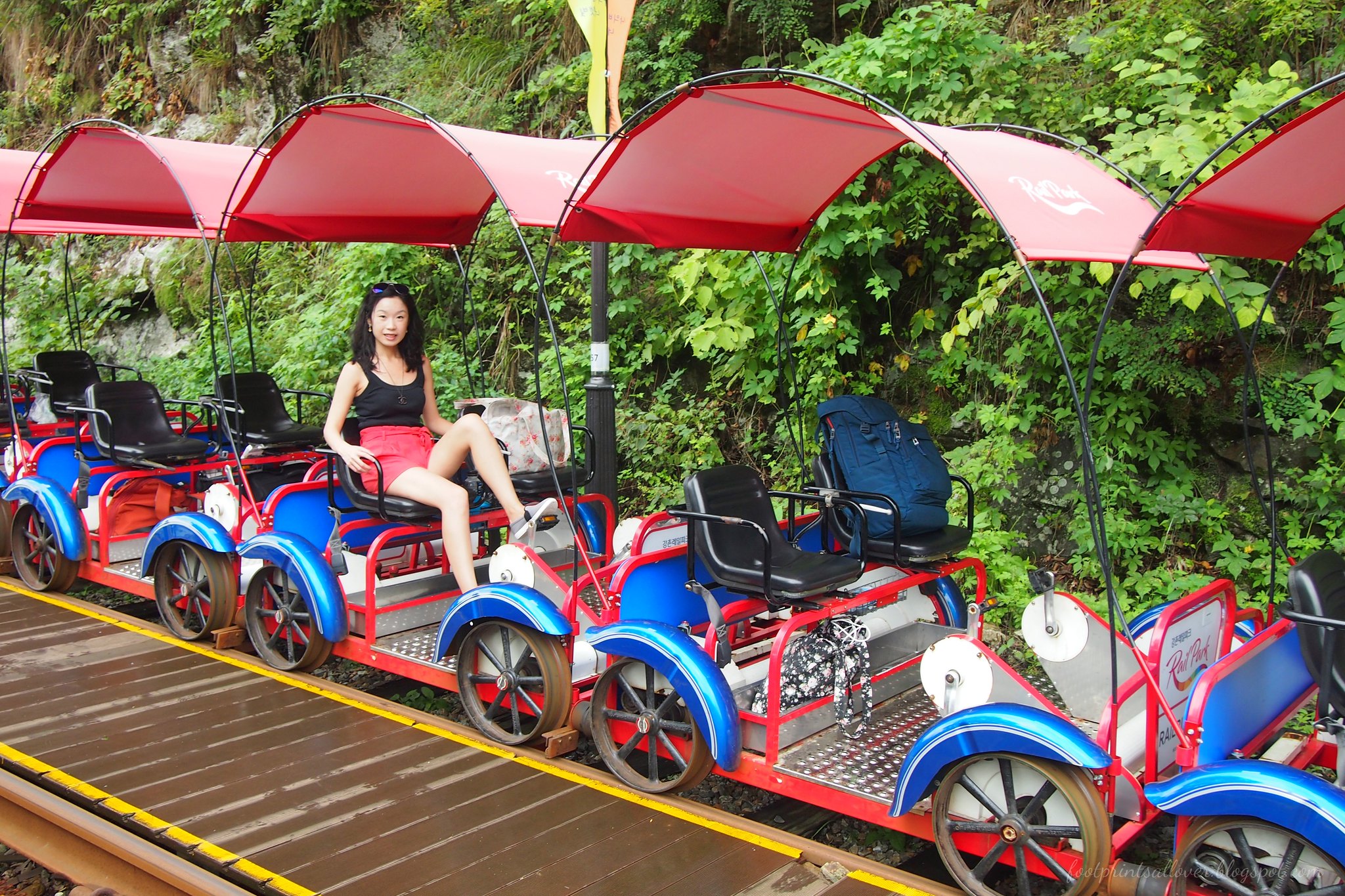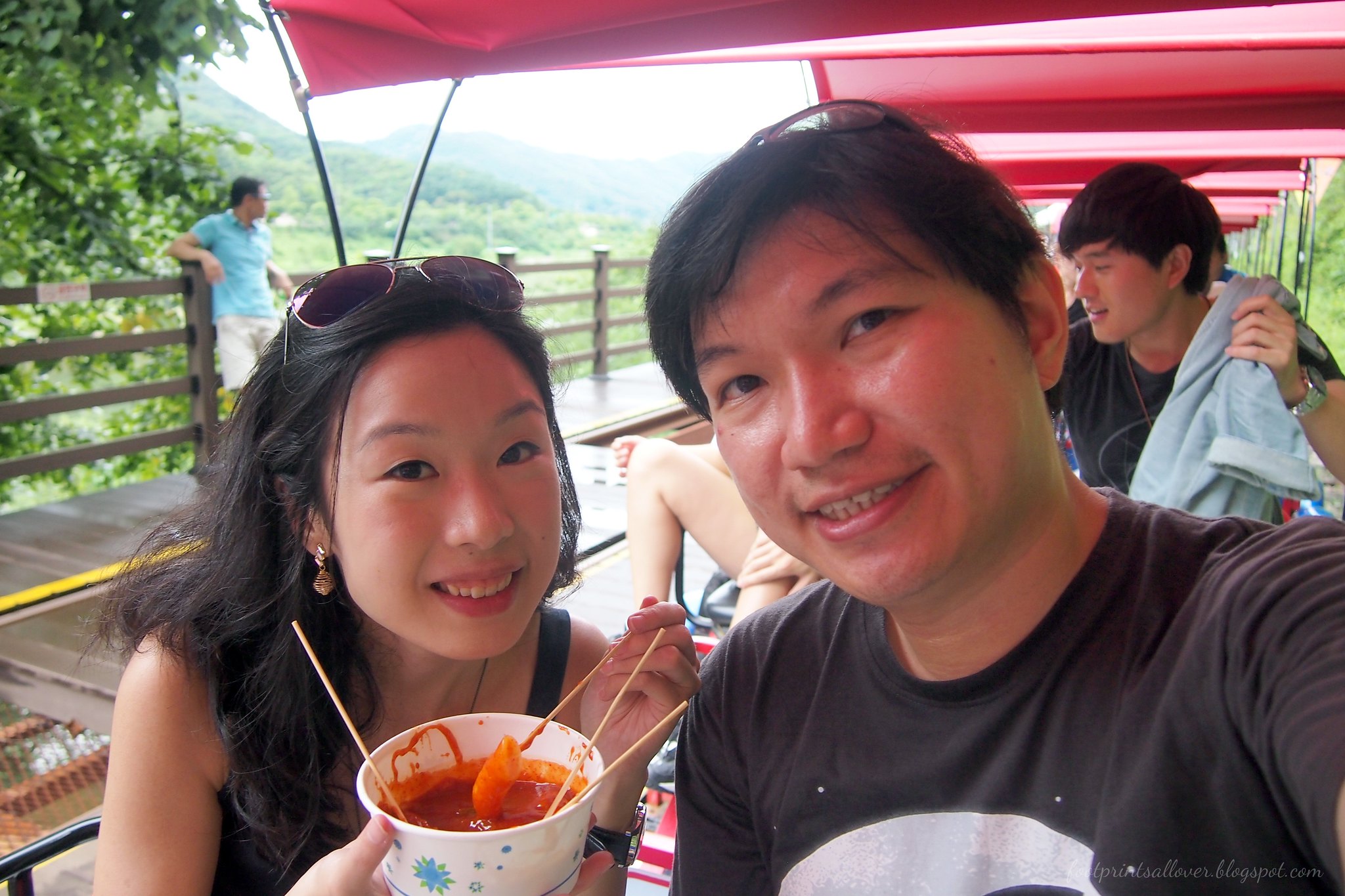" First we eat, then we do everything else."
- M.F.K. Fisher
One of the joys of traveling is the opportunity to taste and appreciate local delicacy. Korea is surrounded mostly surrounded by the sea and 70% of the land is mountainous. Regions within Korea are bounded by steep mountain ranges and rivers. Thus, climate conditions vary within these regions and hence, there is a great variety of natural produce. During our winter trip to Pyeongchang, we got to taste and enjoy the various local delicacies as recommended by our pension hosts.
Hwangtae (Dried Pollack)


Pyeongchang is the birthplace of yellow dried pollack. The fish is left to dry for weeks under the winter sun and it can get as tough as cowhide. In fact, dried pollack is considered the national delicacy. Our pension host recommended this place and even drove us to the restaurant. This place must be very popular for there is always a constant stream of diners walking into the restaurant.


Hwangtae contains almost twice as much protein as fresh pollack due to the lengthy freeze-dying process. It is also a high-nutrient, low cholesterol health food. It is rich in amino acids, which is believed to aid the liver to recover from heavy drinking.
Hanwoo Beef

Hanwoo is one of the four indigenous Korean breeds and it is regarded as a premium beef because of its high palatability and desired chewiness. Hoengseong County in Gangwon-do is best known for its hanwoo cattle, where the environment is well-suited for cattle farming.

You get to choose your own meat from the butcher or buy from the pre-packaged section, then head to a table and grill the meat for a small table fee, which includes an assorted variety of banchan.

The meat literally melts in your mouth, yum!
Osam Bulgogi

Osam bulgogi is a dish made from squid and pork belly, marinated in a blend of seasonings and then cooked over a grill with vegetables. This dish is well-known for its texture, hence making it the ideal dish to eat with rice and/or goes well with wine. In fact, according to this report, a new food alley for this dish will be developed near Alpensia Resort, the main venue for the Winter Olympics.
Dalgakbi

Dakgalbi (spicy stir-fried chicken) is not only a representative dish of Chuncheon, but also famous across the entire nation. Listening to the sizzling sound made from stir-frying the marinated chicken in gochujang-based sauce within the cast iron pan will make you salivate! Nothing goes to waste in this dish, for the remaining sauce is used for making fried rice after devouring the grilled chicken.
These are just some of the Korean cuisines that we tasted over winter in Pyeongchang. I will be back with more local cuisines as I sort out our Korea adventures, stay tuned!


























